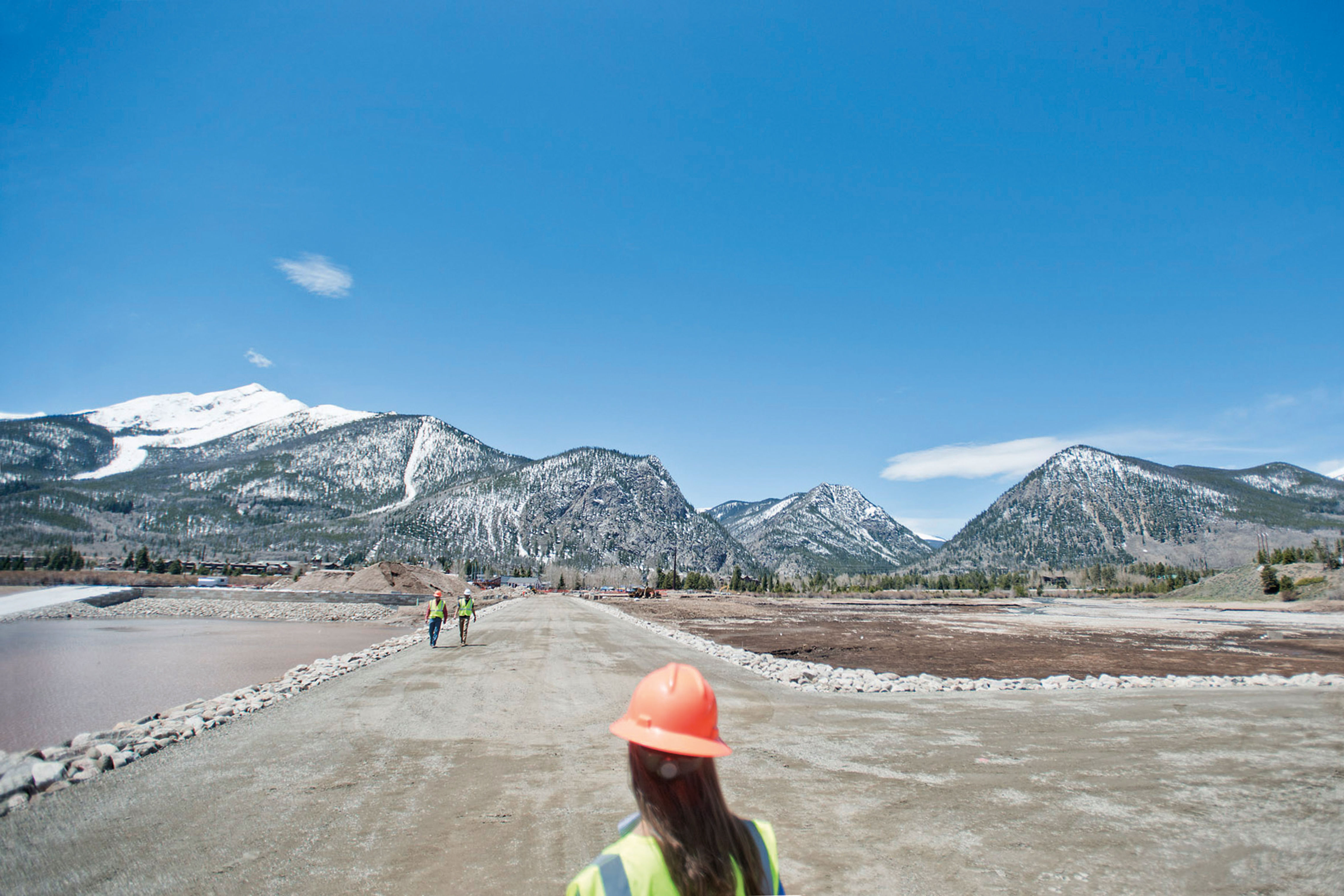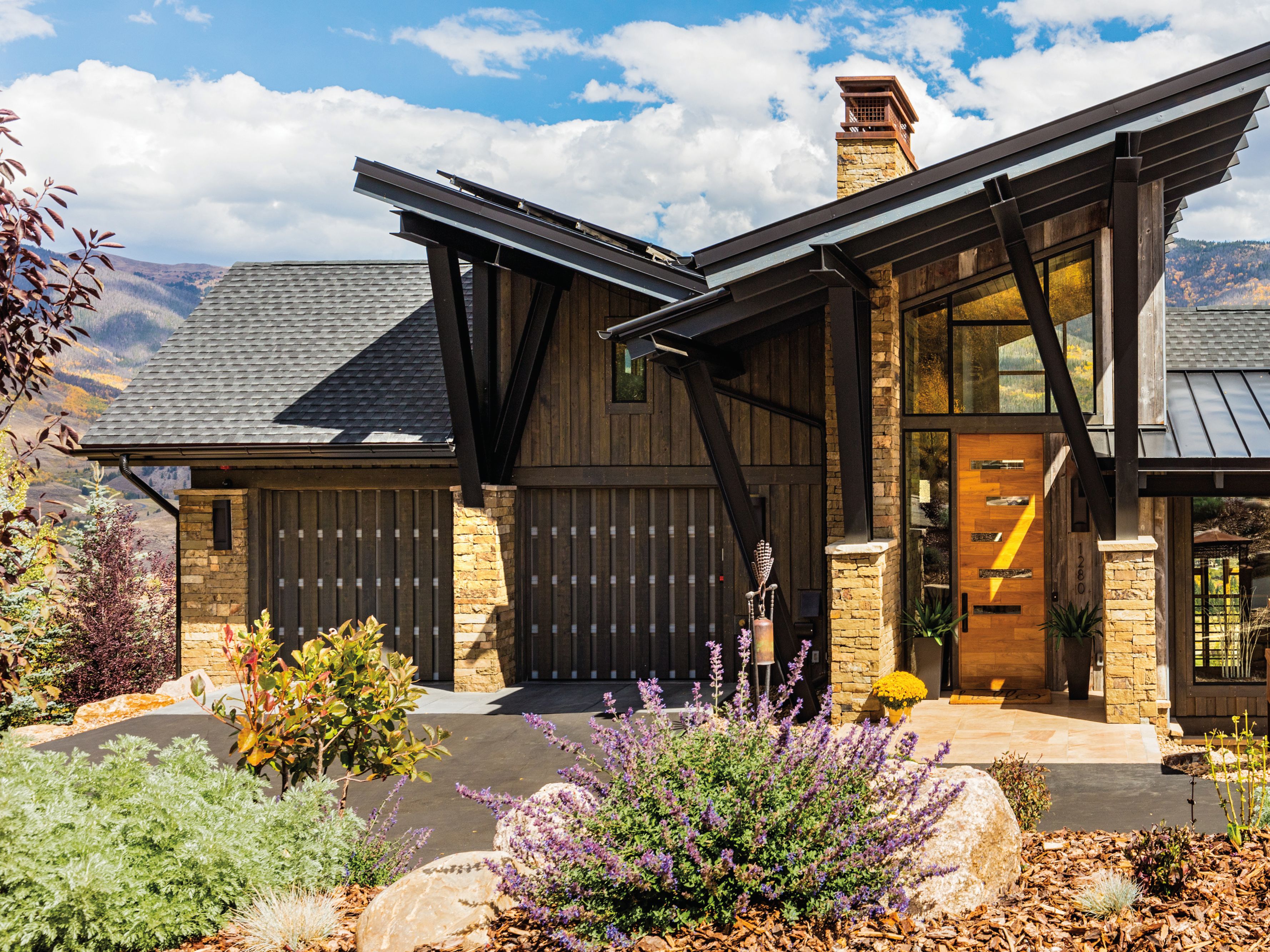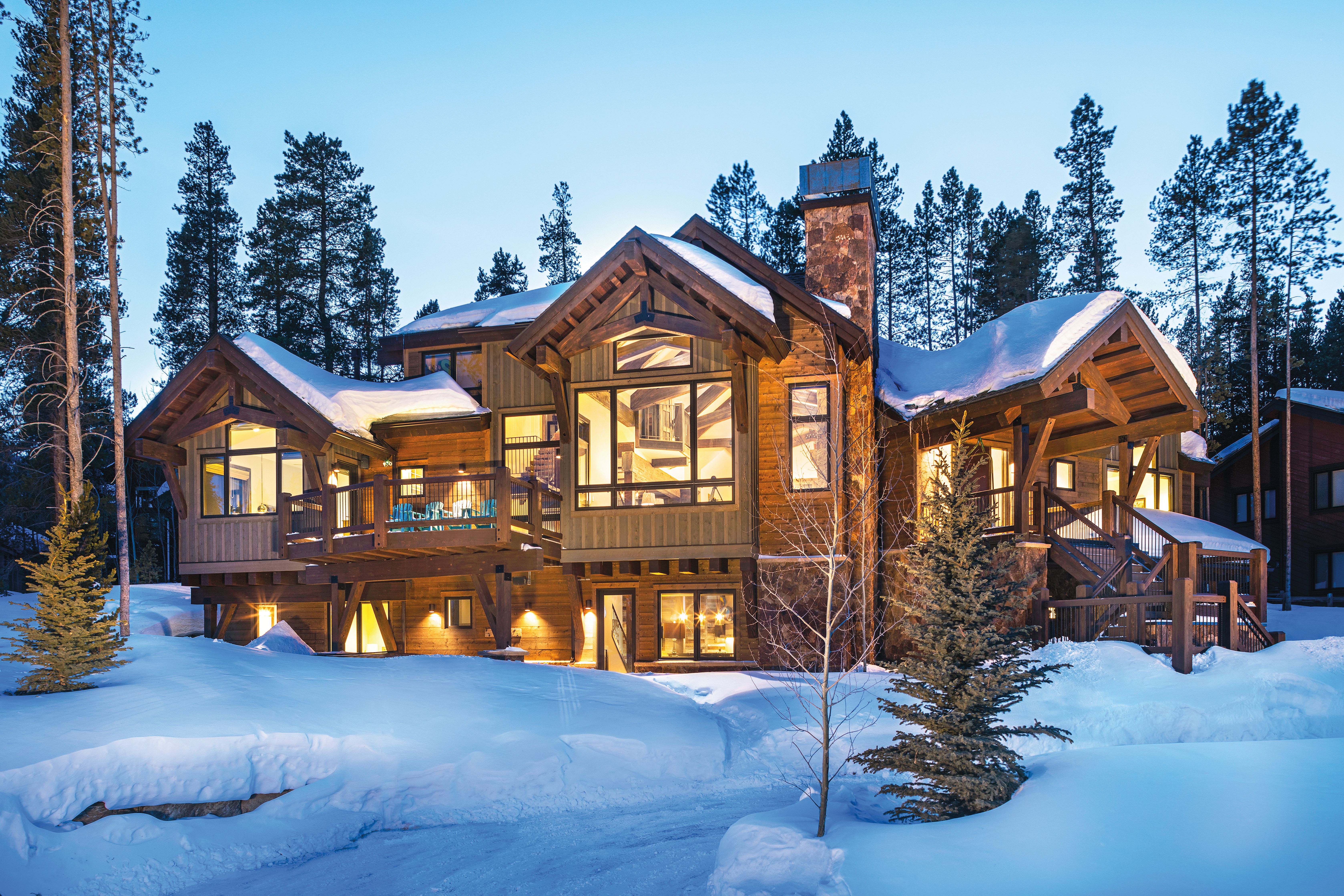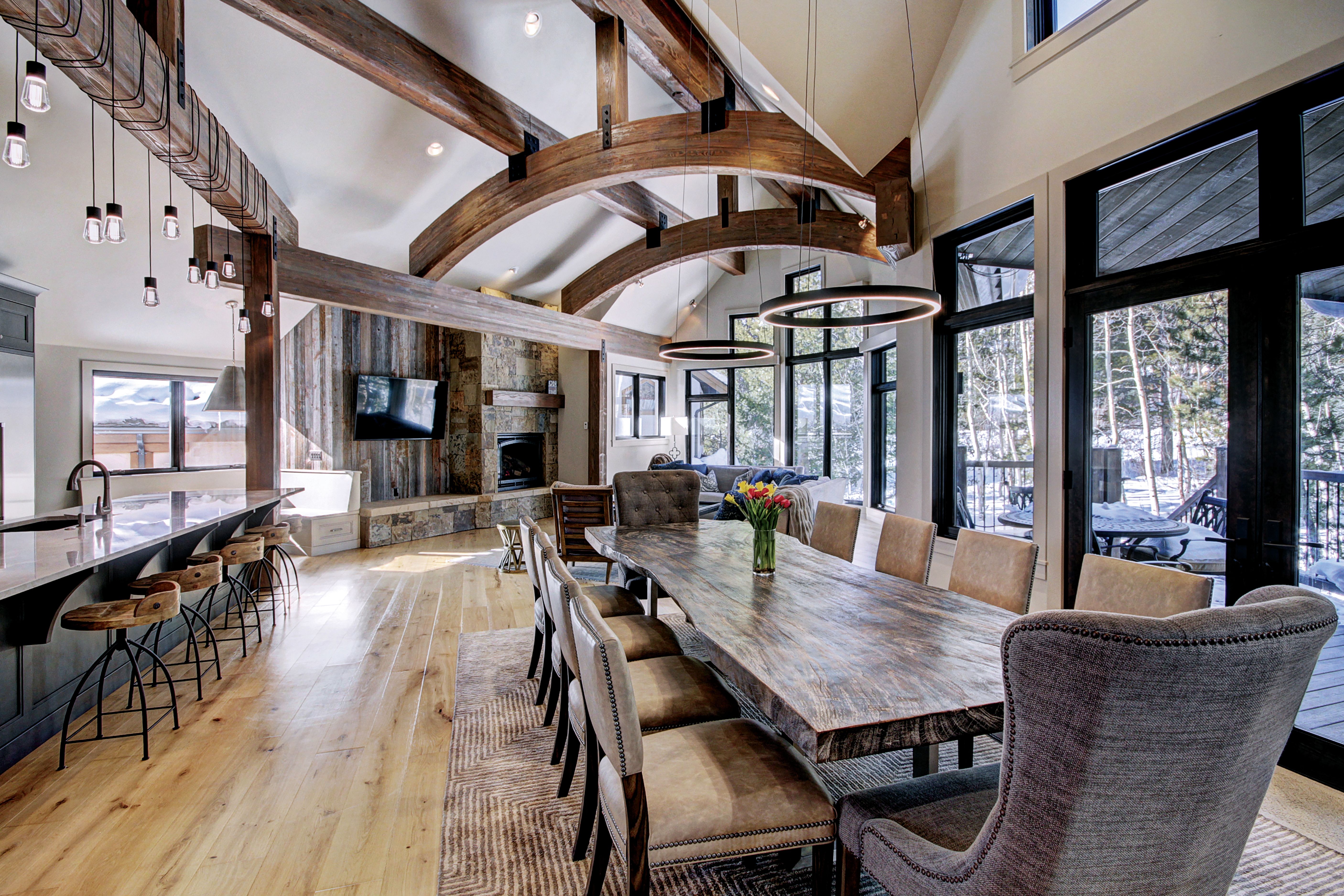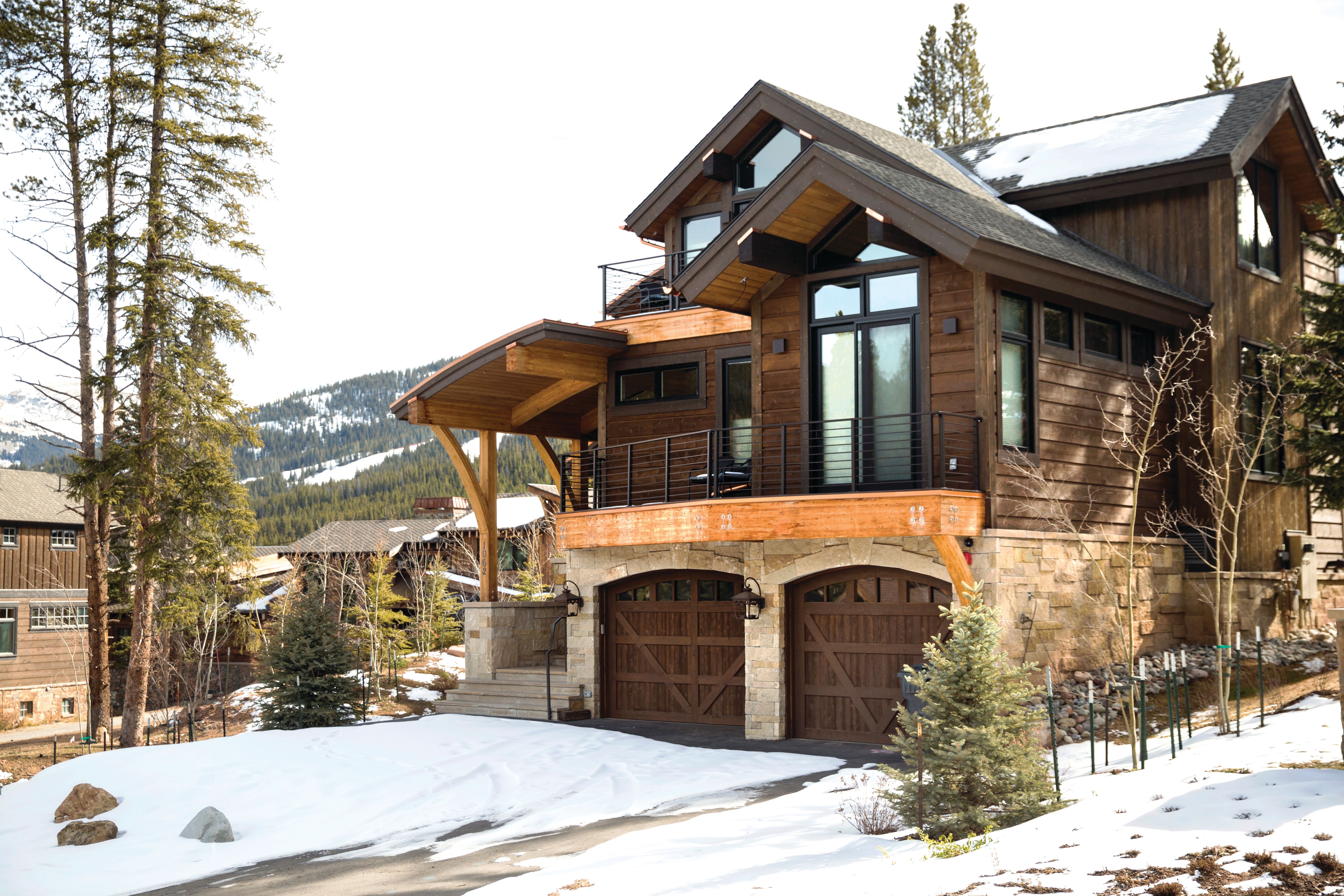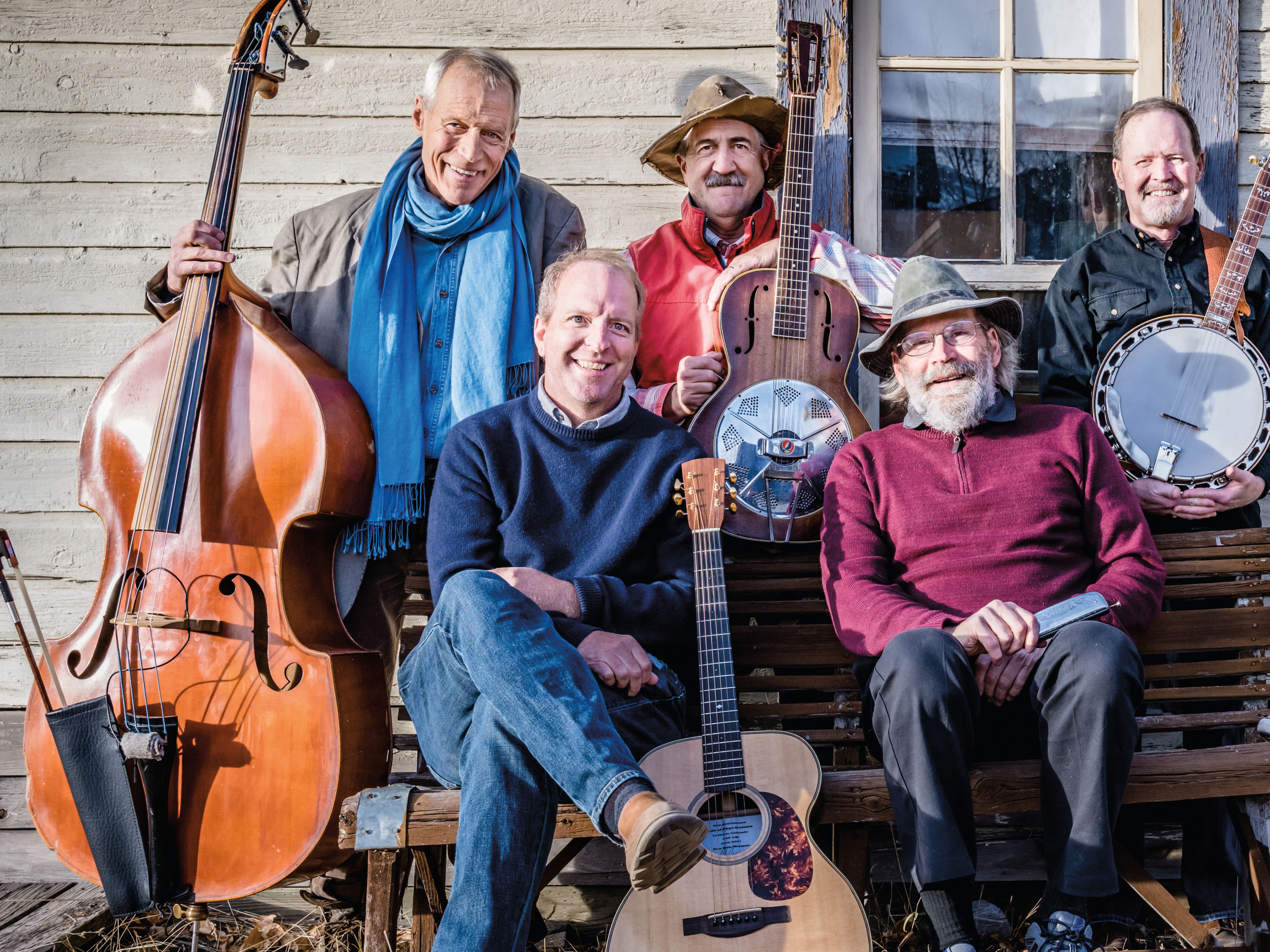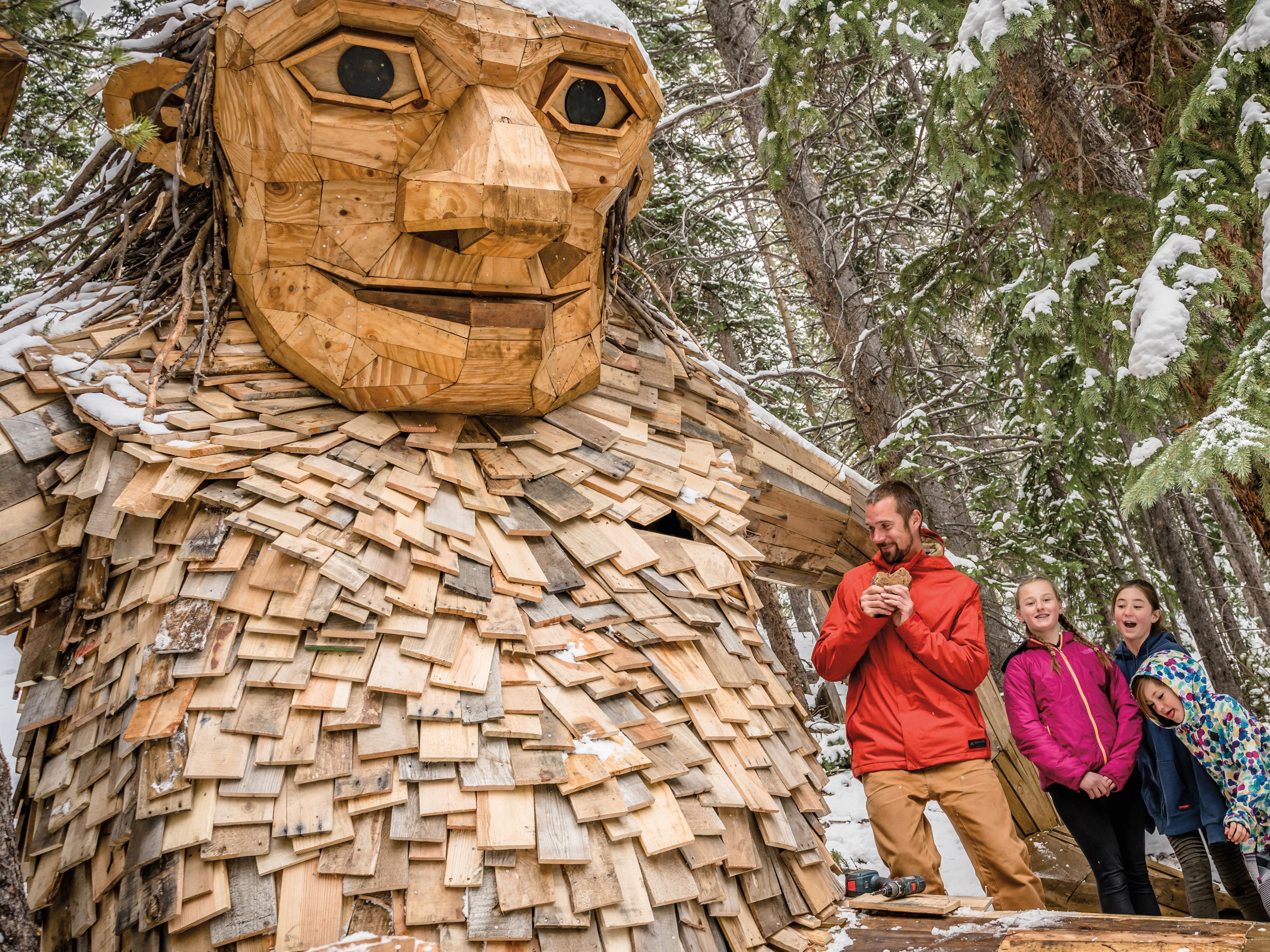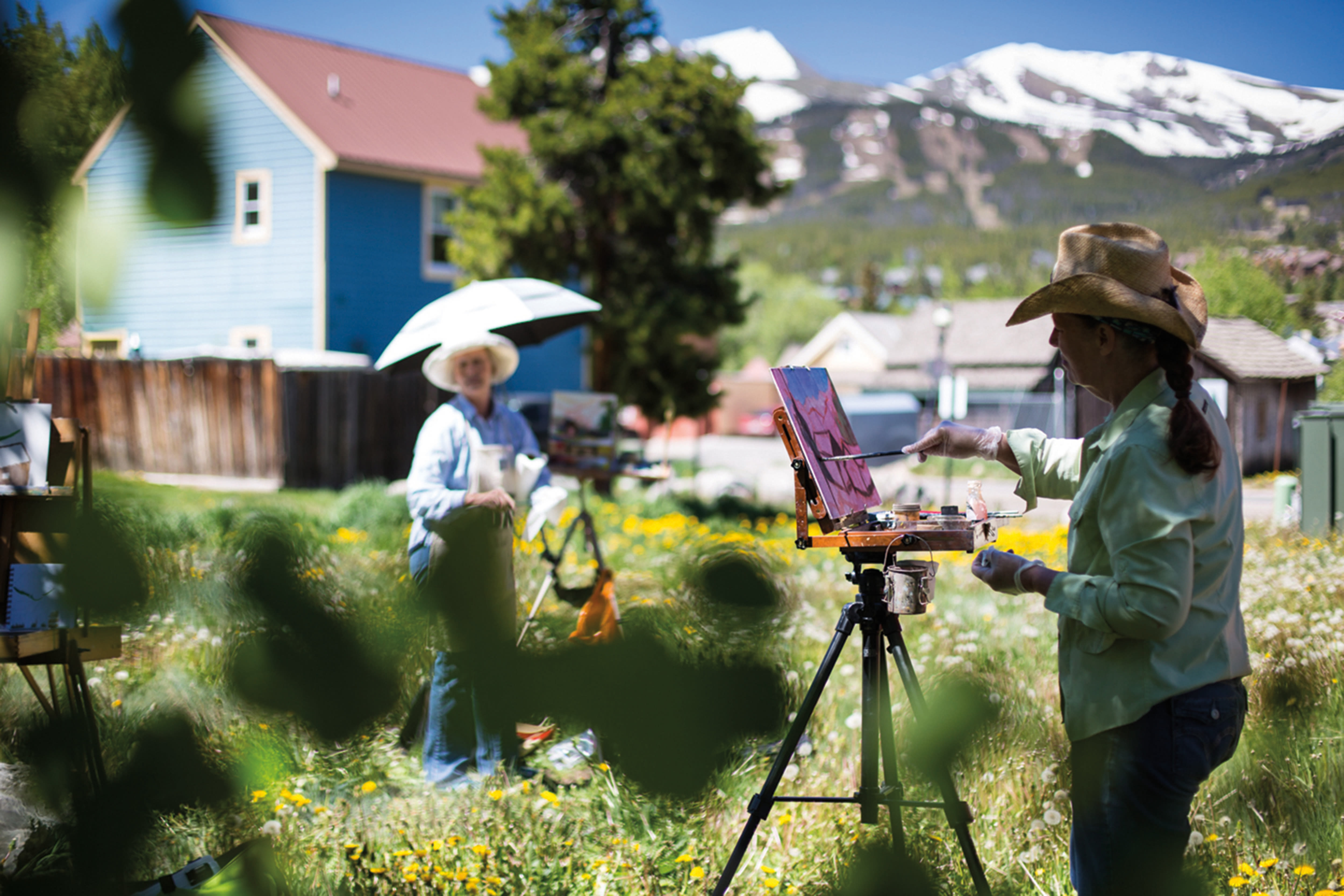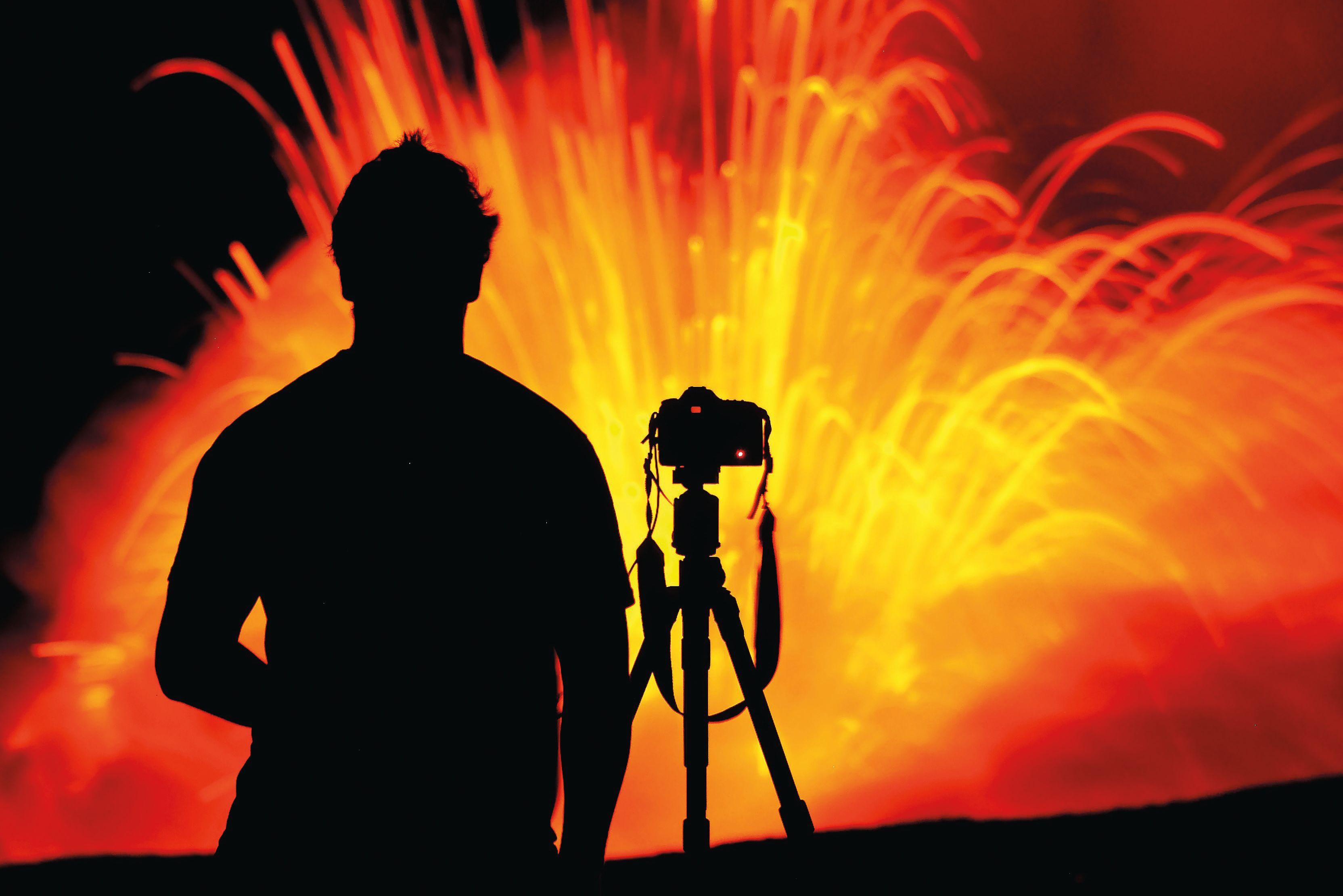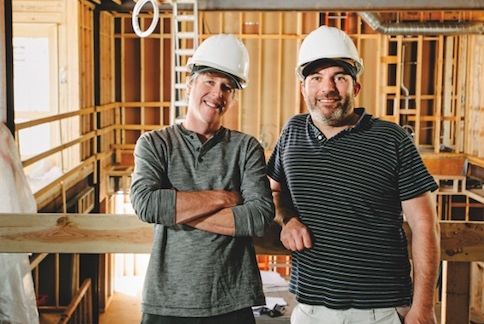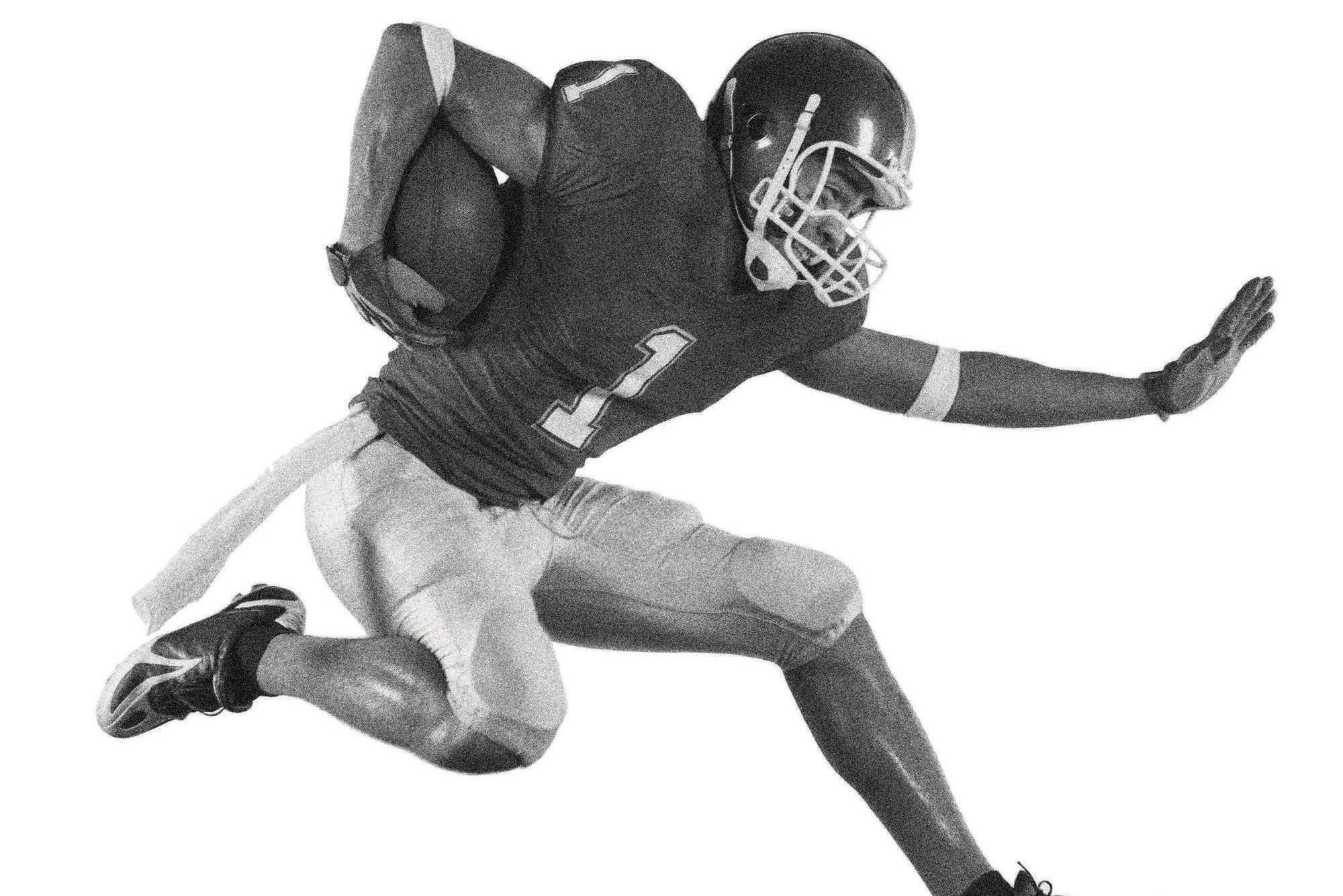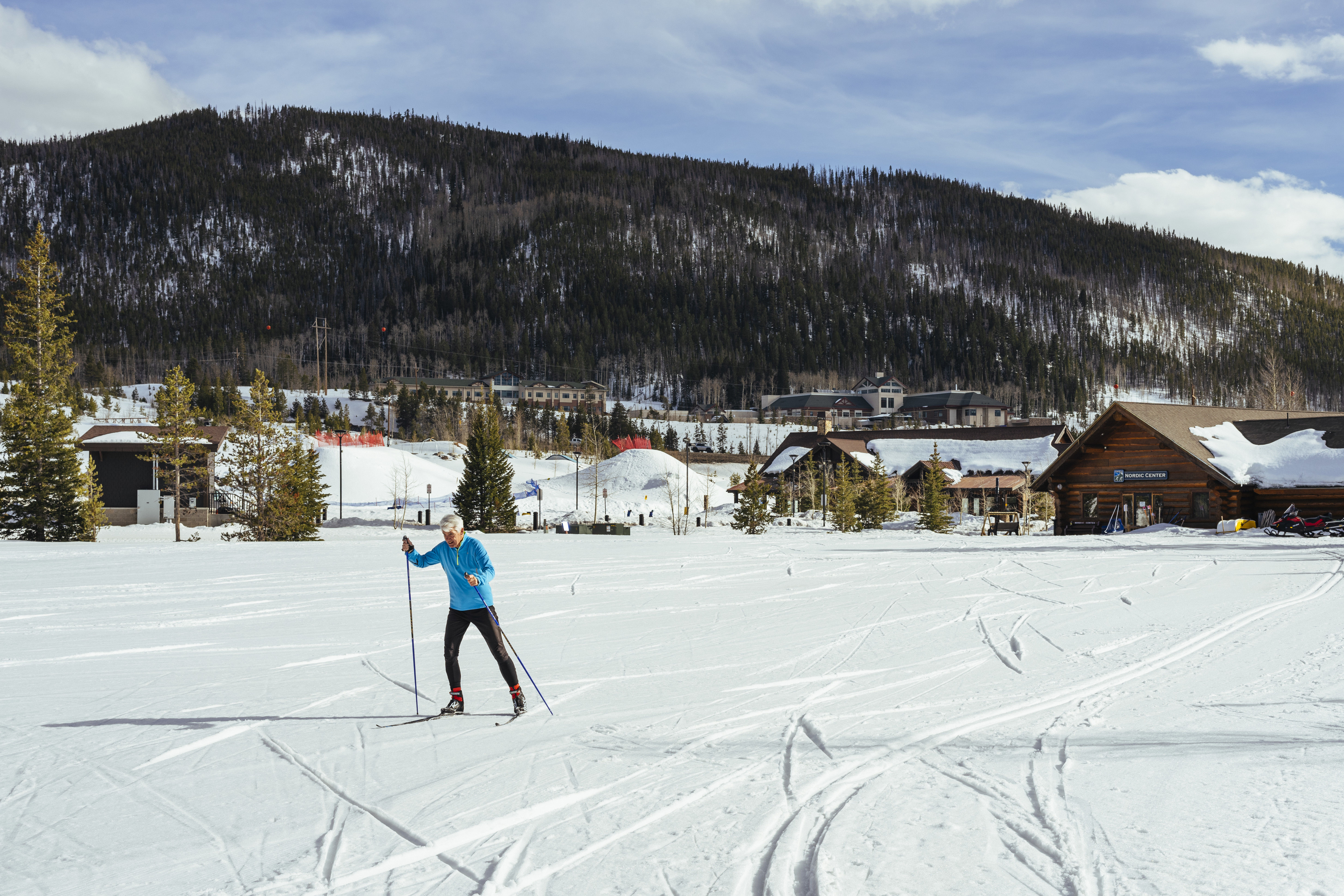
Feature Story
Two Breck-Based Masters of Human Endurance
These two local human endurance gurus—one, a three-time Olympian who trained Kikkan Randall, the other who coaches the US Ski Mountaineering Team—share a singular goal: minting the fastest mountain athletes on the planet.
Two years ago, in a small retail store on Breckenridge’s Main Street, one of the country’s premier endurance coaches gave a wide-ranging talk about how to maximize athletic performance. Frisco resident Jim Galanes is a three-time Nordic skiing Olympian and a pioneer in the coaching field, and his training methods have long produced elite athletes. Roughly a dozen people crammed into Vertical Runner, a now-shuttered running store, to hear him speak. Most were amateur athletes themselves; at least two were professional coaches.
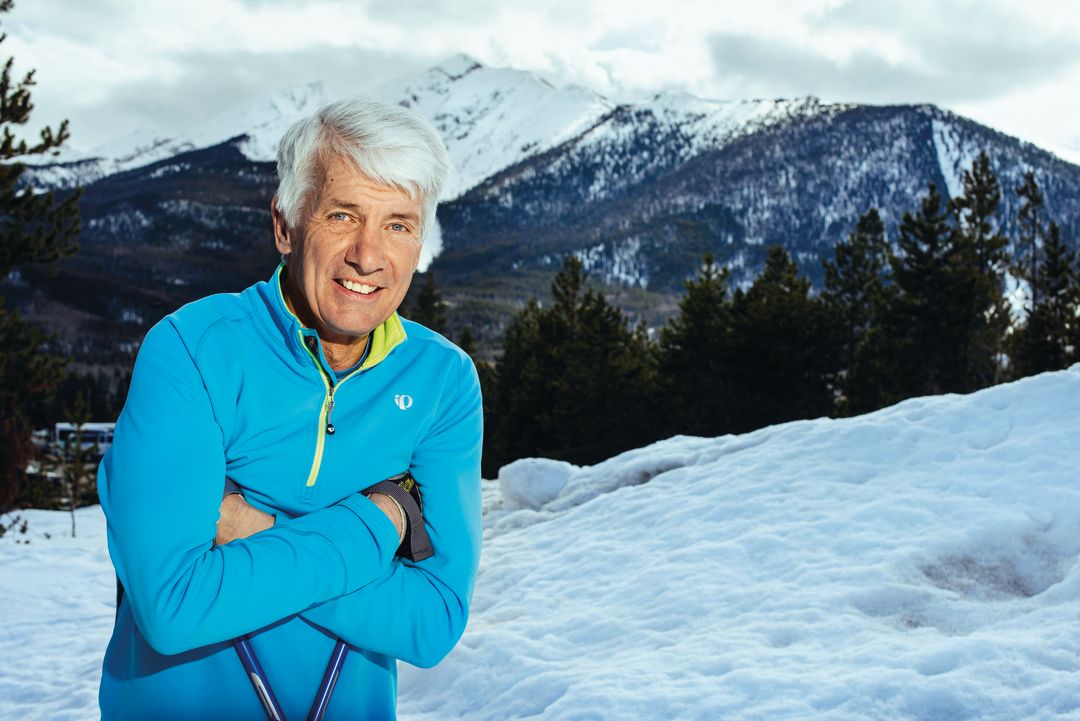
Jim Galanes
Image: Ryan Dearth
Galanes broke down a range of training elements that day, but his primary points concerned the underrated (in his view) value of heart-rate monitors and his belief, based on his research and experience, that 80 percent of an athlete’s training should be done at only 60 to 65 percent of his or her maximum heart rate. In other words, as he put it once, “pathetically slow.”
Afterward, as the attendees digested Galanes’s talk, they wondered whether he was right. Could going that slow for so much of your training actually make you faster in a race? The answer, of course, depends on myriad factors, some physiological, some driven by the program’s design. Joe Howdyshell, a local endurance coach and athlete who is nearly three decades younger than Galanes, concluded that much of what he had heard at the talk did not jibe with his own research. He posted a video on social media around the same time challenging the idea that heart rate was as valuable a metric as Galanes made it out to be. Galanes saw the video and bristled. It was the first of many philosophical disagreements stemming from their shared goal of extracting the highest performance from the human body.
Just like there might be more than one way to crack an egg, so too are there countless ways to train someone’s lungs and legs—the primary drivers of success in mountain sports ranging from cycling to Nordic skiing to ski mountaineering. “Because it’s individual,” says Breckenridge-based endurance coach Mike Hagen, who commanded the Army’s World Class Athlete Program for four years and attended Galanes’s talk. “There is no single scientific method that’s going to work for everyone. You have to adapt your training to each athlete.”
Still, every elite coach has a strategy, usually shaped by years of research and trial and error. Galanes is no different. A Vermont native who competed in Nordic combined in the 1976 Winter Games in Innsbruck and cross-country skiing in the ’80 and ’84 Olympics in Lake Placid and Sarajevo, Galanes founded the now-famous Nordic club program at Alaska Pacific University (APU) in 1996 after coaching the US Ski Team for five years. He trained a dozen Olympians at APU, including five-time Olympian Kikkan Randall, whose 2018 gold medal (with Jessie Diggins in the team sprint) was the first Nordic win in US history. The program became the model for a handful of others that now, along with APU, produce the vast majority of US Olympians.
Along the way, Galanes experimented with a range of training programs, some of which didn’t work and he abandoned. He moved to Frisco in 2014 and later spent a year and a half as the competitive team coach for the Summit Nordic Ski Club. There, he espoused the same values he’d instilled in his Olympic racers.
“Most athletes, 90 to 95 percent, do their base work way too hard,” says Galanes, who is 63, tall and lean, and who sports a mop of white hair. “I tell people, if you don’t feel pretty damn good and pretty normal two or three hours after a workout, then you went too hard.” Even training a smidgeon above the target heart rate, he explains, can stunt the development of a critical energy system, the fat-burning metabolism. Which has all kinds of negative ripple effects. “If you do the easy training too hard, you’re too tired or have suppressed your physiological system so you can’t go hard enough in the high-intensity sessions, so you don’t get the full benefit of either,” he says.
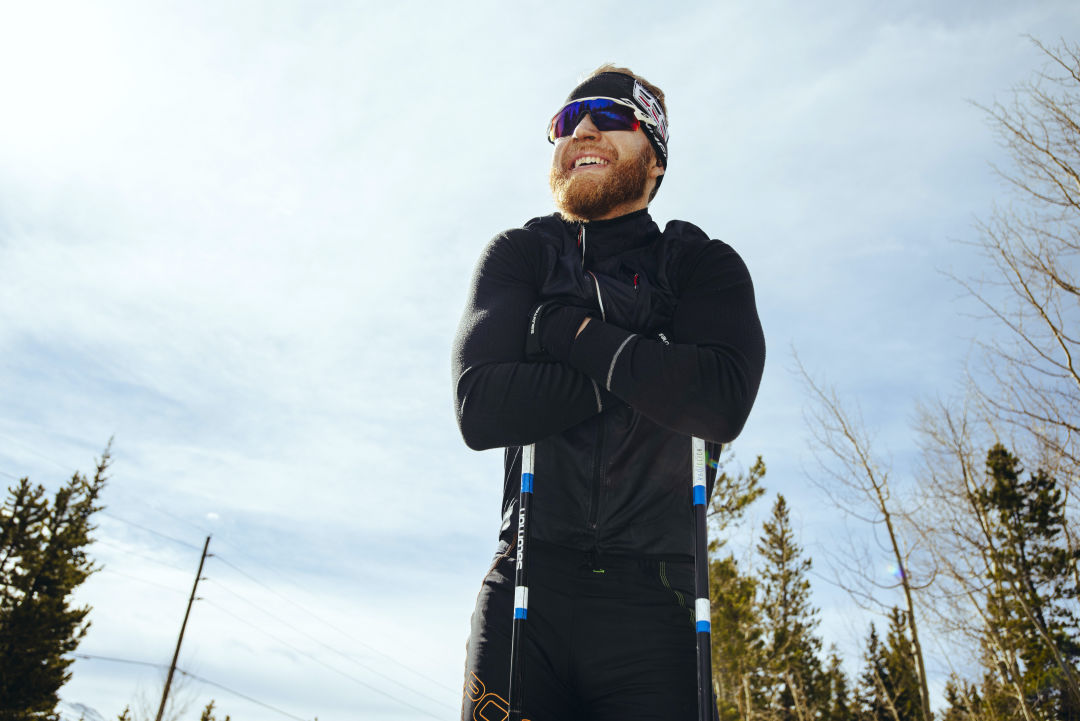
Joe Howdyshell
Image: Ryan Dearth
The idea of training at 60 to 65 percent of one’s max heart rate never resonated with Howdyshell, who grew up in Lander, Wyoming, and trained under a Nordic coach who employed a model similar to Galanes’s. “I was a pain-in-the-ass kid who always asked questions, and I was like, I’m going to learn this on my own because I think you’re wrong,” says Howdyshell, now 36. “So I started doing independent study in anatomy and physiology when I was 15.” He went on to race (and coach) at West Point and later earned a master’s in exercise physiology from the University of Wyoming.
Howdyshell had heard about Galanes while he was in college, and he continued to encounter coaches who promoted similar training virtues. He used his master’s thesis to explore whether their model really did what it was touted to do. “I felt like it was based on outdated research,” he says. “It didn’t jibe with what makes sense intuitively, what I know about the body, what I’ve learned from other sports. It didn’t seem to work. It definitely didn’t work for me. I felt like I got slower.”
Specifically, as a Nordic racer, he felt like he didn’t train his technique enough at high intensity. “Even if my cardiovascular fitness was good enough to go really, really fast, my muscles got tired, because they weren’t used to moving in that pattern for more than 20 to 30 minutes of intervals a week,” he says.
In 2009, Howdyshell took a job as head coach and program director at the Summit Nordic Ski Club. He also kept racing and soon became one of the fastest ski mountaineering, or skimo, racers in America. In 2016, he founded his own multisport club, the Summit Endurance Academy, and was named head coach of the US Ski Mountaineering Team, an unpaid position that he still holds. The redheaded Breckenridge resident races in jorts, calls himself Pale Thunder, and is known to be brash, funny, and unafraid of ruffling feathers—much like Galanes.
Howdyshell and Galanes agree on some basic training principles but diverge on a handful of key points. While Galanes designs his training off of max heart rate, Howdyshell prefers to use an athlete’s lactate threshold, or roughly where you shift from aerobic training to anaerobic training and your body starts to red line. Heart rate, Howdyshell will tell you, can lag during hard efforts, thus making it difficult to pinpoint an athlete’s max and increasing the risk of imprecise training zones. Galanes, in turn, doesn’t believe in lactate threshold and scoffs at heart-rate lag. “I’ve got 10 years of data on a couple of clients, and if I were to look at their variation from day to day, I’d say less than a half a percent of their workouts had weird numbers and heart rate wasn’t a good guide,” he says. “It does lag to a very small degree, but it’s an absolute window on our physiology, and to ignore it or minimize it is just stupid.”
On a related note, the duo disagrees on whether it’s more valuable during a workout to measure “inputs” like heart rate or “outputs” like speed (i.e., the pace at which you run a mile) or power (how many watts you’re producing)—then use those numbers to set training zones. “Ultimately, I believe you should have both, but if I had to choose just one, I’m an output guy,” Howdyshell says. “And I think this shows in sports where you can have both, like cycling and road or track running. They have these amazing abilities to measure everything, and what do they measure? Mostly outputs.” Galanes counters: “Using speed and power to set training zones, like a lot of cyclists do now, is crazy. Because on any given day, your physiology might vary plus or minus 10 to 15 percent. If I train three days really hard, my body isn’t the same on the fourth day as it was the first day.” So you shouldn’t be trying to maintain the same speed or power, either, he says.
When asked if he could coach someone who didn’t use a heart-rate monitor, Galanes says, “No, I won’t do it. The data is too valuable.” Howdyshell? “Yes, absolutely. It just requires a lot more talking. I’m of the opinion that data should deepen the conversation between athlete and coach, but it shouldn’t be the conversation.”
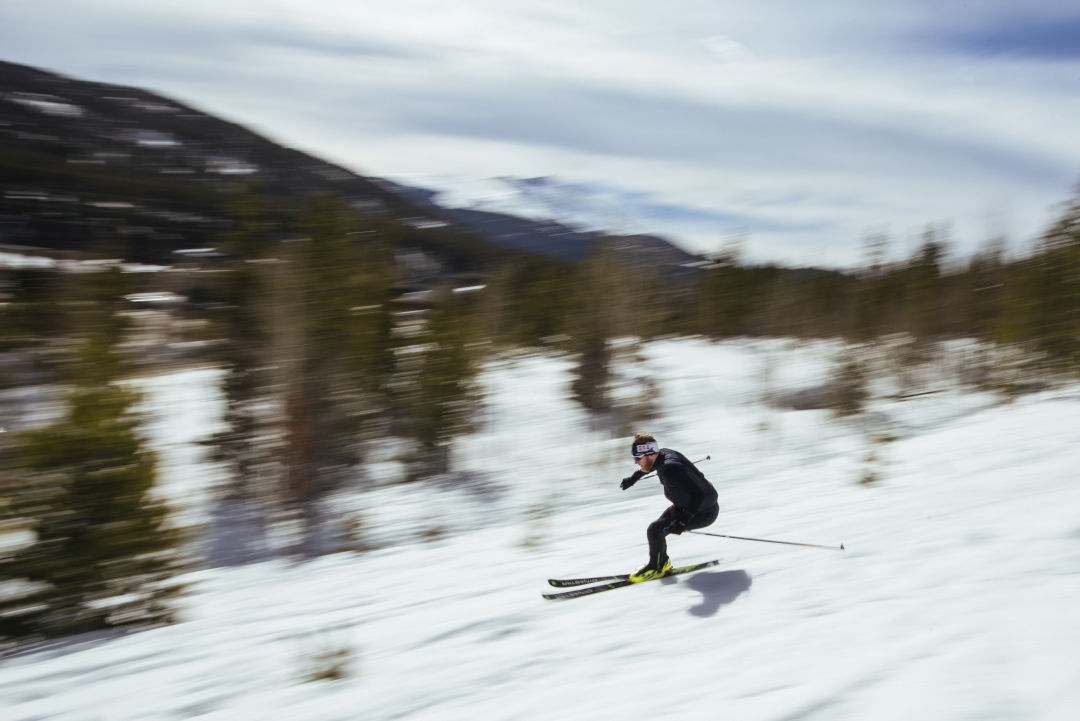
Joe Howdyshell
Image: Ryan Dearth
Due to the state of endurance coaching—an industry that’s exploded in the last decade—that isn’t always the case. Online programs like Training Peaks have made it easier to coach without personal interaction and in some cases have eliminated it altogether. But plenty of athletes still see value in hands-on, interactive coaches like Galanes, who works with 25 athletes, and Howdyshell, who works with 43 (he started with 2 in 2016, after cold-calling 100). Programs for amateur athletes generally cost between $100 and $350 per month, depending on the level of conversation and analysis.
Everything can be customized. One local skier’s parents asked Howdyshell to plan her training and Galanes to monitor it, a rare arrangement but one that the coaches obliged despite their philosophical differences. They’ve gotten into a few spats on Facebook, where both are active and outspoken. In August, Howdyshell posted a motivational blurb, encouraging athletes to “try new habits, change behaviors, and improve mindsets.” Galanes commented on the post, writing in part: “So many coaches do not believe over training is a real issue. But especially at the junior ages and with poor direction and implementation of workouts it is a real problem.”
They went on to bicker about how much an athlete should be expected to comply with the prescribed workouts, and how much improvement to expect based on that percentage. “I am tired of the rationalizations of coaches who fail to accept responsibility,” Galanes wrote, to which Howdyshell responded: “Are you suggesting that the ONLY difference between an athlete who reaches their potential and one who is dissatisfied is your training plan? That’s an awfully high horse Jim.” Galanes: “A high horse Joe is coaches who suggest that it is the athlete who has to change something when the plan is flawed.”
A few weeks later they met in person at the Breckenridge Brewery to discuss their shared athlete’s training and hash out some of their differences. The mood was tense, but it quickly eased. “We shook hands, buried the past, and chatted more about the things that make us similar and less about our differences,” Howdyshell says.
“I thought it went well,” Galanes concurs. “We agreed on some basic principles. The ethical thing for coaches to do is work in the best interests of the athlete, so whether we agree or disagree, that’s the main philosophy.”
Each coach says he respects the other, despite the periodic disputes. “We’re both very public, very opinionated, educated people, but we have almost all the same values,” says Howdyshell. “We just look at a very complicated system and happen to come out with different takes.”



